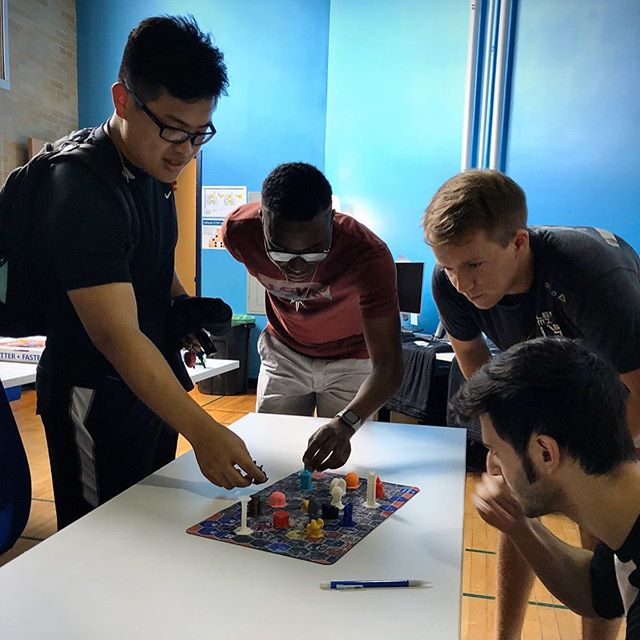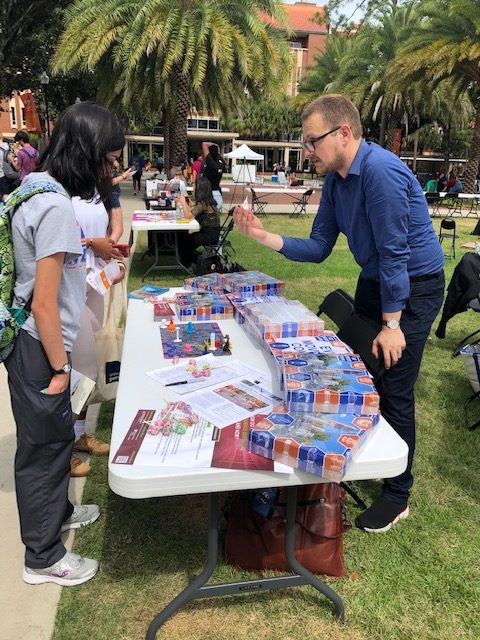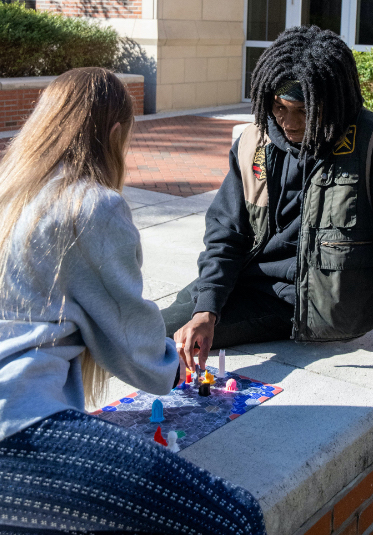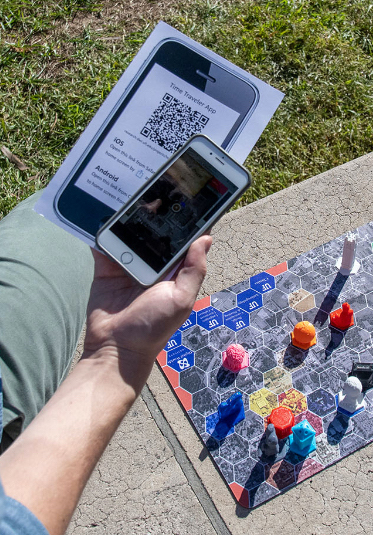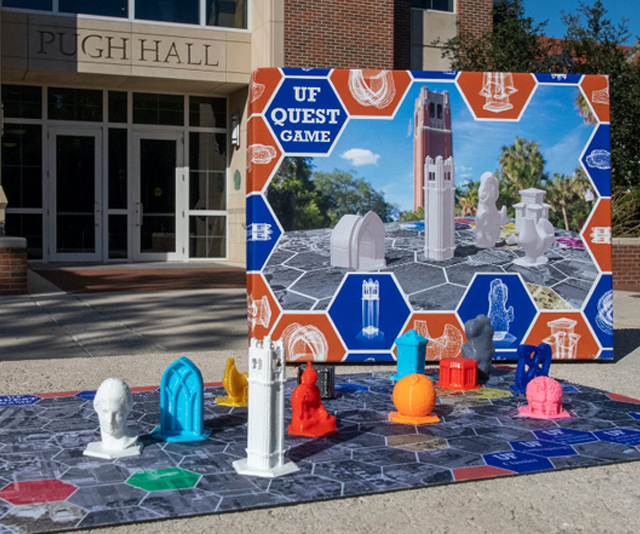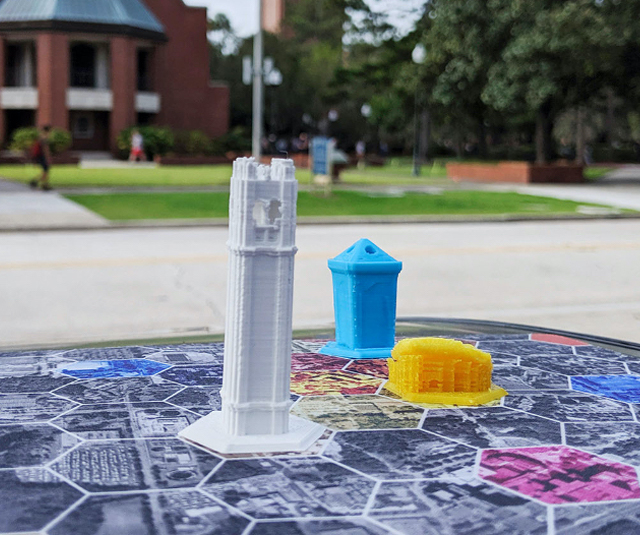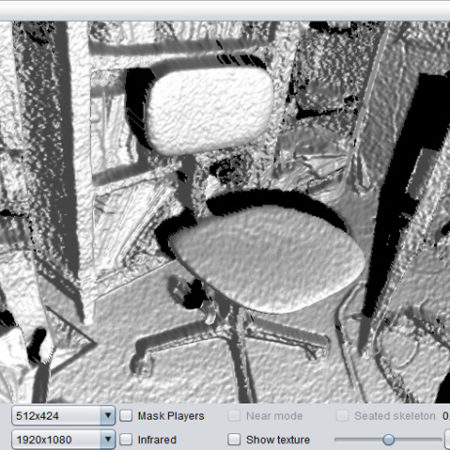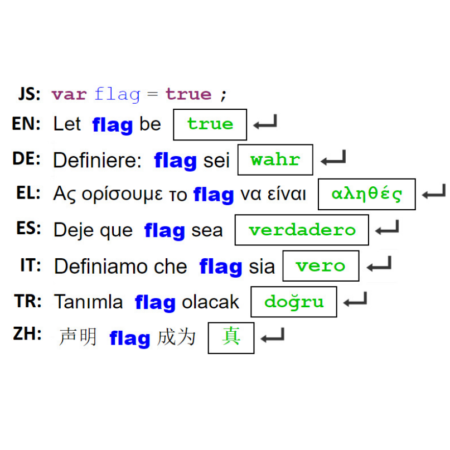Imagineering the Technosphere
The Imagineering and the Technosphere is a UF Intersections project funded by the Andrew W. Mellon Foundation.
In the face of our growing technological dependencies, our intersections group explores how humans use technology intentionally and unintentionally to alter our physical world. The group will study the accelerating pace of social technologies, such as the Internet and Artificial Intelligence.
Description
The Imagineering and the Technosphere is a UF Intersections project funded by the Andrew W. Mellon Foundation.
In the face of our growing technological dependencies, our intersections group explores how humans use technology intentionally and unintentionally to alter our physical world. The group will study the accelerating pace of social technologies, such as the Internet and Artificial Intelligence.
The group aims to discover what the lessons of past inventions can teach us about how to address the problems facing humanity today, particularly as they emerge in the “technosphere,” the landscape shaped by human hands. The group will develop an interactive website, host a regular research workshop, and organize events with speakers and filmmakers about technoscience. To engage students with questions of space, place, and time, a faculty member will work with students to build a mobile app for time travel in augmented reality to examine the hidden role of technology on the UF campus. This work will lay the foundation for team-taught and other new courses that will give students the tools to envision how they will “imagineer” the future of the planet while harnessing the power of technologies in environmentally and socially sustainable way.
In Spring 2020 our team will offer a course titled “Imagineernig the Technosphere”. The purpose of this course is to respond to the grand challenge question: “How do technologies influence our lives, then and now?” from the perspectives of our 6 thematic units: 1) Inventions and Sciences, 2) Spaces and Infrastructure, 3) Past and Future, 4) Imagining and Designing, 5) Conservation and Sustainability, 6) Culture and Society. This interdisciplinary approach will equip the students with foundational knowledge and tangible skills through weekly modules and experiential learning activities that will be organized as part of the “UF Quest Game”, a gamified learning experience specially designed for this course. The students will be able to transcend the boundaries of traditional disciplines and demonstrate how the humanities serve as the foundation for understanding science and technology and how this holistic approach could affect our decision making processes in ourselves, and on a planetary scale.
In the humanities class “Imagineering the Technosphere,” homework isn’t based on a book chapter, but an adventure through campus guided by the GPS-powered Time Traveler app.
Sisters Christine and Reyna Mae Cuales, both taking the class this semester, followed the prompts on the app, which steered them closer to their destination. So far, they’ve visited the Harn Museum of Art, the McKnight Brain Institute, the Baughman Center on Lake Alice and the Digital Worlds Institute in Norman Hall, among others. Today, they’re closing in on a location near the historic central campus. When students successfully navigate to the mystery location using the app, a screen pops up that tells them they’ve arrived, offers some background about the place, and poses a reflection question about the place and its use over time.
Professor Angelos Barmpoutis says the intention of the app — and its corresponding board game — is to get students to see their surroundings in a new way.
“These places are deeply connected to the past and tied to the future,” he said. “I’m trying to get them to think about the things they pass every day.”
When students followed the app to the Norman Gym, for example, they saw a facility originally used for basketball, its wood floors still visible, hosting a weekend-long video game design competition. The experience gave them an opportunity to reflect on how not only the space but the nature of sports and competition evolved, Barmpoutis said.
Barmpoutis is one of seven professors who team teach the class, tackling fields that range from anthropology to historic preservation. Each professor’s lesson includes the hunt for several of the game’s 22 3D printed pieces, which students collect after finding the location and submitting video responses to the questions posed in the app.
Walking north on Buckman Drive, the Cuales sisters can see that they’re getting closer to today’s location. Then they cross the street, and app tells them they’ve arrived. It’s Dauer Hall, an Collegiate Gothic brick building from 1936 with arches, bay windows and stained glass that once served as the student union. They record their video response about connection and continuity in historic places, then check the app for their next destination.
Reyna Mae, a pre-health student, and Christine, who’s studying sustainability and the built environment, both say they have discovered academic interests they wouldn’t have known about without the course.
“When you’re just focused on your major, you don’t get to explore other classes,” Christine said. “Getting to know all of the professors and fields in this class opens up your eyes.”
Additional information
| URL | |
|---|---|
| Funding | Andrew W. Mellon Foundation |
